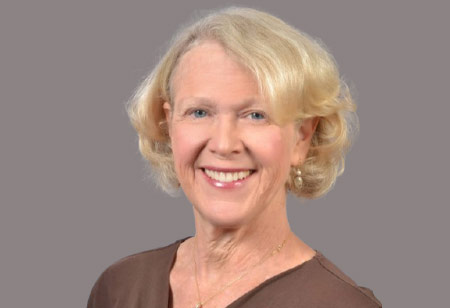Thank you for Subscribing to Healthcare Business Review Weekly Brief

Empowering Patients through Three Pillars of Care: Research, Education, and Practice
Healthcare Business Review
Maryanna Klatt earned her PhD in Educational Leadership. She has extensive experience integrating mindfulness and wellness practices into her research and teaching, focusing on stress prevention and resilience. Klatt has contributed significantly to the field by developing educational programs that promote well-being among healthcare professionals and students.
The Three Pillars: Research, Education, And Clinical Practice
I have been a professor in the Department of Family and Community Medicine for two decades, focusing my research on mindfulness and yoga. In 2005, I was part of the group that founded the Center for Integrative Health at The Ohio State University. This initiative brought together 18 departments to address patients’ desire for a more holistic approach, integrating complementary and alternative medicine with traditional scientific medicine. As these complementary approaches have been researched and become grounded in science, patients want them more formally incorporated into their care.
Encouraging proactive, preventative actions and lifestyle changes is important to improving health outcomes and reducing national healthcare costs.
The Center operates on a three-pronged model of research, education, and clinical practice. Over the years, the clinical and educational components have been our strongest areas, while research has been less prominent due to limited capacity, though this is now improving.
Three years ago, I became the director of the Center for Integrative Health. Since then, we have reinvigorated our efforts, particularly in addressing patients’ needs for guidance through their health journeys. There is a growing societal focus on proactive and preventative care, emphasizing whole health rather than just addressing disease as it arises. Our work empowers patients to establish a health team early, ensuring they are supported throughout their wellness and disease management journey.
A Healthy Community Focus
One of our biggest challenges is patient confusion over insurance coverage. It is often unclear which procedures, like acupuncture or massage therapy, are covered under their specific plans and for which conditions. For example, massage might be covered for neck or back pain but not for other complaints. Reimbursement from insurance remains the most significant pain point.
The second challenge is access. Patient demand far exceeds our current capacity. With 34 providers, we are already scheduling appointments several months in advance—currently into April, despite being in January. To address this, we are relocating to new facilities to improve accessibility. Ohio State Medical Center has secured space in a Healthy Community Center in a nearby suburb, focusing on proactive health maintenance. This facility will open in April, followed by another expansion to a different suburb in August 2025.
To expand our services, we need to train more physicians and nurse practitioners in whole-person care. To achieve this, we have turned to philanthropy to fund educational initiatives for current and future providers. This effort has garnered strong public support, as donors recognize the importance of increasing access to integrative health services.
Integrating Ai For Better Efficiency
I am particularly interested in leveraging AI to streamline the review of patients’ insurance coverage. With the complexity and variety of policies, AI could provide quicker answers about whether specific treatments will be covered based on the patient’s condition and insurance plan. This could significantly improve the patient experience by providing clarity upfront.
We are also utilizing AI to assist with provider notes. By recording visits and having AI generate the initial notes, providers can review and edit them, saving valuable time. This approach enhances efficiency while maintaining accuracy in documentation.
The Path Forward
My advice is to align healthcare provision with society’s shift toward more engaged patients. We need to structure medical office operations to better involve patients in their care, recognizing that while some patients prefer active participation, others may not. Encouraging proactive, preventative actions and lifestyle changes is important to improving health outcomes and reducing national healthcare costs.
Education plays a critical role in motivating patients, but it is often not reimbursed. Increasing reimbursement for patient education would be a significant step forward in fostering engagement and supporting long-term savings in healthcare.









